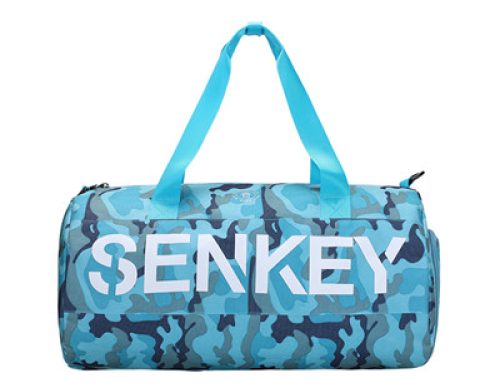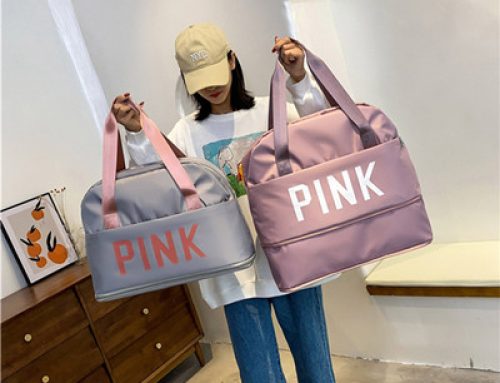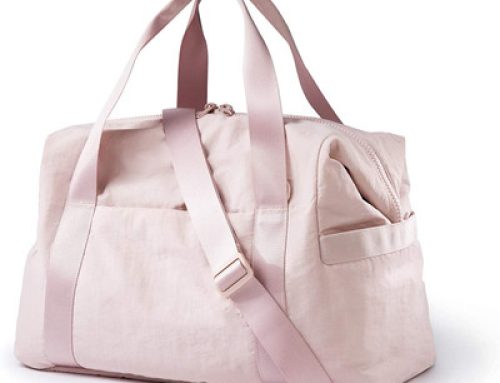Project Description
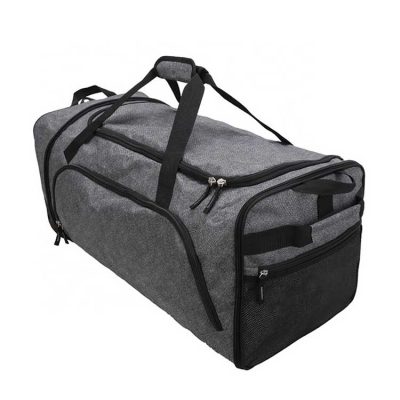
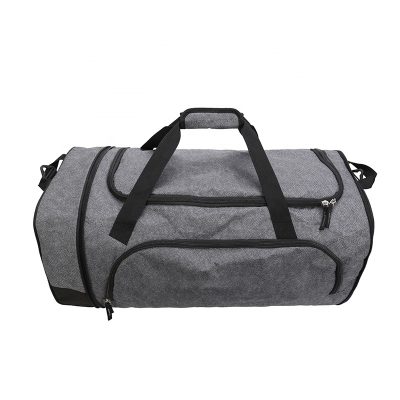
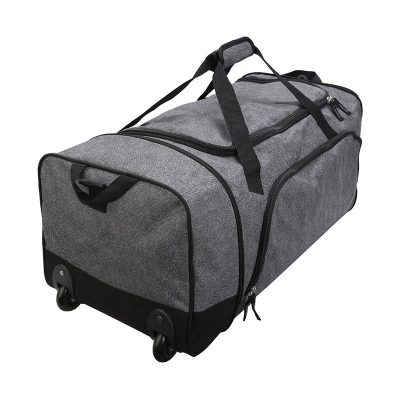
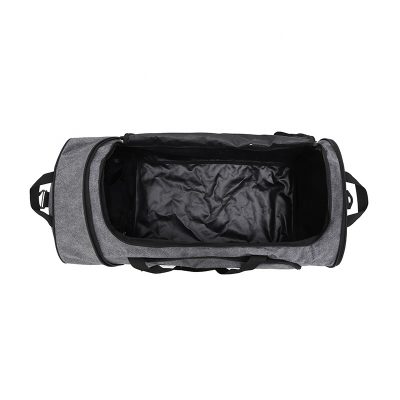
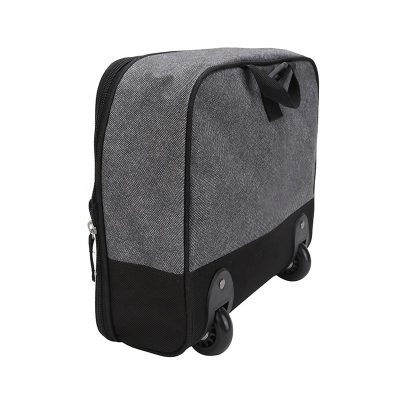
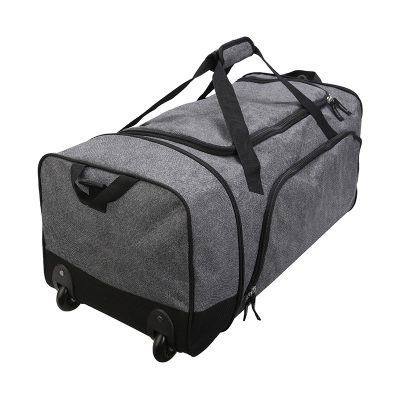
|
Product Features
|
|
|
Size:
|
26.5″L x 12.5″W x 12.5″H
|
|
Material:
|
600D Poly with printing
|
|
Weight:
|
1.14kgs
|
|
colors:
|
Grey, Customized
|
|
Packing:
|
1pc/poly bag, 12pcs/standard carton
|
|
Carton size:
|
85X68X34CM
|
|
Container quantity:
|
3900ctns/40’GP 4620pcs/40’HQ
|
|
Item:
|
B164
|
• Top padded carry handle; • Front accessory pocket; • Spacious main comaprtment; • Mesh pocket on one side; • Adjustable and detachable shoulder strap; • With 2 smooth-going wheels; • Collapsible feature: It can be folded into a small shoulder bag when it is no in use.
What is a duffel bag?
A large bag of natural or synthetic fabric (usually canvas), historically associated with the use of a top closure drawstring. Generally, duffel bags are used for travel, sports, and entertainment. When used by sailors or marines, baggage is called a sea bag. The open structure and lack of rigidity of the suitcase make it suitable for carrying sports equipment and similar bulky items.
The history of duffel bags:
The origin of the name is controversial. Most people keep the name from Duffel, in a small Belgian town where the thick tweed cloth used to make bags originated in the 17th century.
However, recent research suggests that the name may come from Sir Alfred Duffle, the cousin of the Orange House, and William of William, who moved to the UK after ascending. . According to the “Oxford English Dictionary”, the word’s history can be traced back to 1677 and is used to describe “shag with thick fluff or ribbon decoration”. For most of the 20th century, the duffel bag usually referred to a specific style with a cylindrical shape with the top into the bag. The terminology used in the latter part began to be applied to general-purpose hoop processing, and hard-bottomed tote bags were more commonly referred to as “sports bags.” It is this bag that has other functions, such as the wheels often add zippers, zippers, internal structure and small organizing bags.








